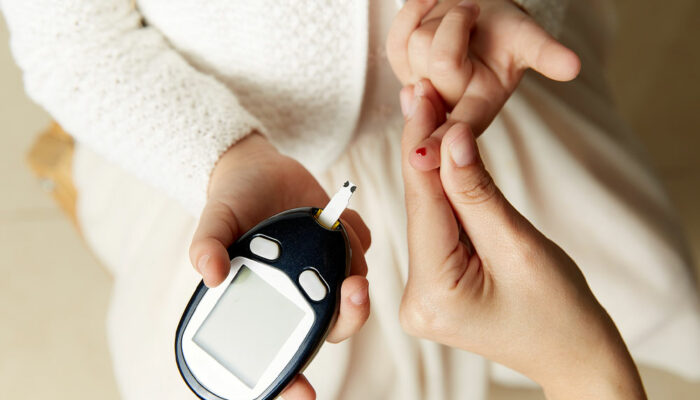6 mistakes to avoid with a flexible spending account (FSA)

A Flexible Spending Account or a Flexible Spending Arrangement (FSA) is a savings account offered to employees to create certain tax benefits. It allows employees to put a part of their pre-tax income into a separate account, which can then be used to pay for medical-related costs. As a result, the employee’s taxable income is lowered, reducing annual liability. This article explores seven mistakes one must avoid with an FSA.
Pros and cons of Flexible Spending Accounts (FSAs):
Before delving into the mistakes to avoid with FSAs, let’s examine the pros and cons. FSAs can provide several benefits for users apart from tax benefits. These include:
- Reimbursement of medical care payments: The funds put into an FSA can be used to pay for the diagnoses, cure, mitigation, treatment, or prevention of many different diseases and ailments.
- Pay qualified expenses for spouses and dependables: Besides the contributor’s medical costs, money from this account may also be used to cover eligible expenses for spouses or dependents.
- Covers the purchase of medical equipment: Many different medical equipment, such as bandages, crutches, diagnostic devices, etc., can be paid for using an FSA plan.
- Covers insurance plan deductibles: FSAs can also cover insurance plan deductibles and copayments.
However, FSAs may also have certain drawbacks, such as:
- Some health-related procedures may not be covered: Cosmetic procedures and surgeries and certain health-related costs, such as gym memberships, cannot be paid for through FSAs.
- “Use-it-or-lose-it” provision: Typically, users must utilize the entire sum of money in their FSA within a year. Failing to do so may cause them to lose it. However, certain provisions have been introduced to offer a grace period or a carryover to let account holders make the most of their money.
- Cannot be used to pay insurance premiums: Although FSAs cover copayments and deductibles, they cannot be used to make premium payments.
Mistakes to avoid with an FSA
Ignoring payment terms
There are three different FSA plans that employees can sign up for. These include Healthcare FSAs (HFSAs), Limited Purpose FSAs (LPFSAs), and Dependent Care Accounts (DCAs). Each account serves different purposes and has rules for interacting with other reimbursement accounts.
- Limited Purpose FSAs: These may only be used to make payments for eligible dental and vision expenses. However, they can be combined with other reimbursement accounts.
- Dependent Care Accounts: One may have both a healthcare FSA and a DCA at the same time. While their purposes are similar, money cannot be transferred from one account to the other.
- Healthcare FSAs: Healthcare FSAs are used similarly to healthcare savings accounts (HSAs), wherein money can be withdrawn or used to cover eligible medical expenses. However, one cannot be simultaneously signed up for both accounts.
One must also know what services and products are included under their FSA plans. When signing up, one must read all paperwork carefully, which can help avoid problems later.
Failing to plan FSA needs
Money that has been put into an FSA account cannot be reclaimed. For example, if one puts $1500 into an FSA plan but only utilizes $1000, the remaining $500 is considered forfeited. Similarly, being underfunded may lead to a loss of tax benefits. To avoid these circumstances, one must plan carefully when signing up for these plans.
Reviewing medical expenses from previous years can help. To do so, one must scour through their credit card bills and bank statements from the last few years and itemize their expenses for each doctor’s visit and treatment. According to 2022 limits, one could add a maximum of $2850 to a health FSA.
Forgetting about eligible FSA expenses
FSAs cover more than just one’s medical needs and prescriptions. They can cover various products such as adaptive equipment, air filters, conditioners, purifiers, allergy testing, alternative treatments, birthing classes and coaches, health-related books, dental cleaning, veneers, diabetic supplies, and more. According to the CARES Act passed in March 2020, feminine hygiene products are also eligible for FSA coverage.
The complete list of products and services that can be claimed under FSAs, along with guidelines and limitations for usage, can be found on the FSA store website.
Not knowing if the employer offers carryover or grace periods
With changes in guidelines and to ensure that people do not lose money, employers may opt to offer FSAs with one of the following options:
- Allow certain funds to be carried over into the following year. In 2022, this sum was capped at $570.
- Allow employees a 2.5-month grace period to utilize the funds in their FSA.
Verify these details with the employer before signing up for an FSA plan.
Not maintaining records
Payments via FSAs can be made in two different ways – using a special credit card provided by the company or filing reimbursement claims. Using an FSA debit card is simple, allowing users to make payments as they go. People can also pay their expenses upfront and then file for reimbursement later. Filing for reimbursements will require users to keep track of their receipts and provide documentation as evidence of payment. The IRS may also require proof of these expenses, so plan to keep receipts and copies of invoices for three to four years.
Taking the money upon exit from the company
The FSA money cannot be carried out or transferred when one leaves the company. If planning to leave, try to accelerate medical expenses and avoid leaving money behind. For instance, one may have a minor procedure carried out or have their prescriptions fulfilled well before their leaving date.
Navigating the realm of tax savings may feel complicated at times. With a maximum contribution limit every year, FSA account holders must be financially savvy in planning their contribution amount. To avoid losing unused funds and for more guidance, it is advisable to consult a tax professional to find the best solution.

